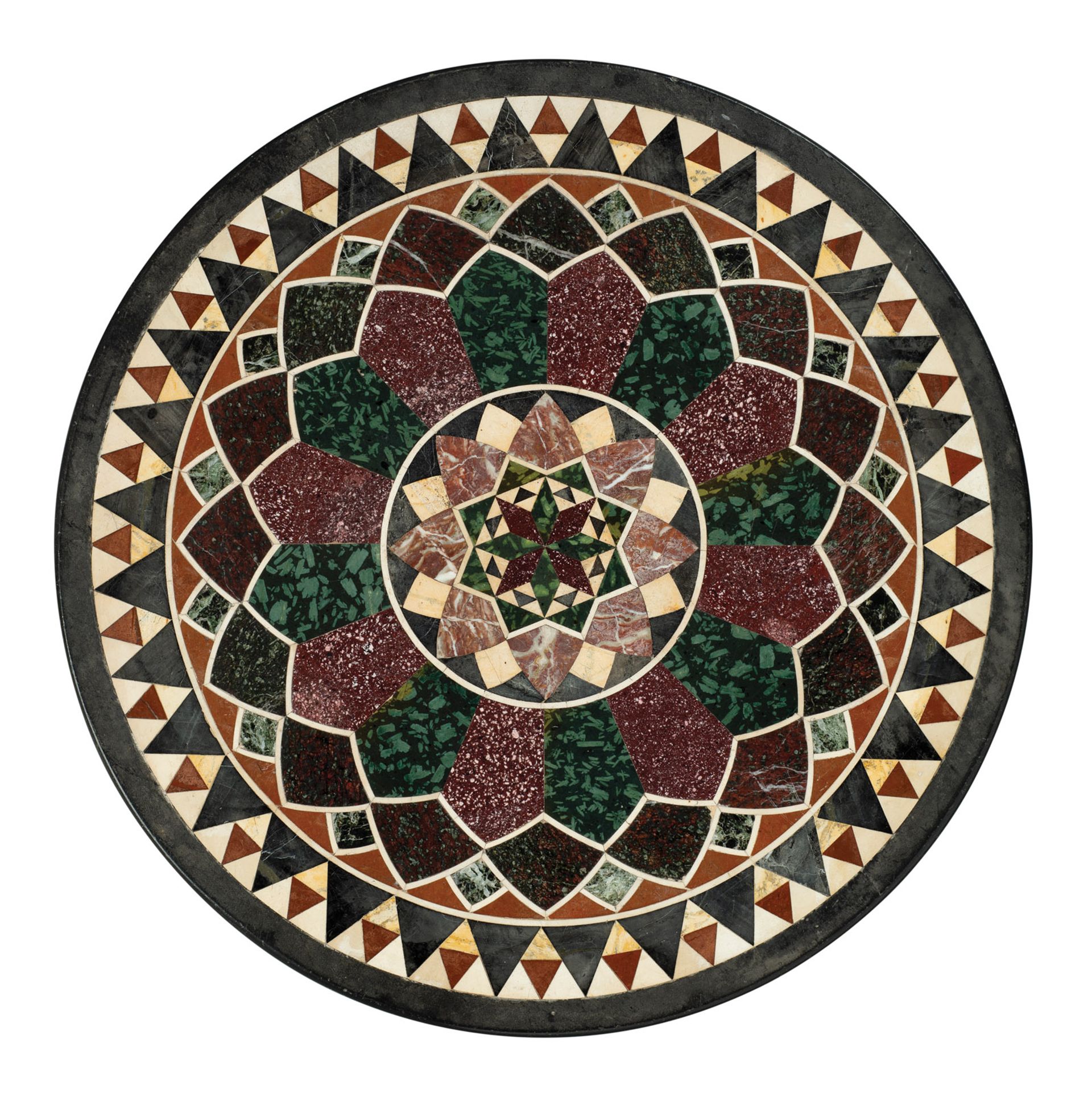
£4,500: this marble tabletop, inlaid with porphyry and semi-precious stones, is an outstanding example of Italian Neo-Classical furniture. It was modelled by Francesco Sibilio, about whom very little is known, on Renaissance pietra dura prototypes and has been published by the doyen of Italian 19th-century decorative arts, Alvar González-Palacios. On sale with London’s Burzio gallery, the piece would easily grace the entrance hall of a country house or a boutique hotel’s reception area. Italian Neo-Classical marble tabletop by Francesco Sibilio. Courtesy of Burzio
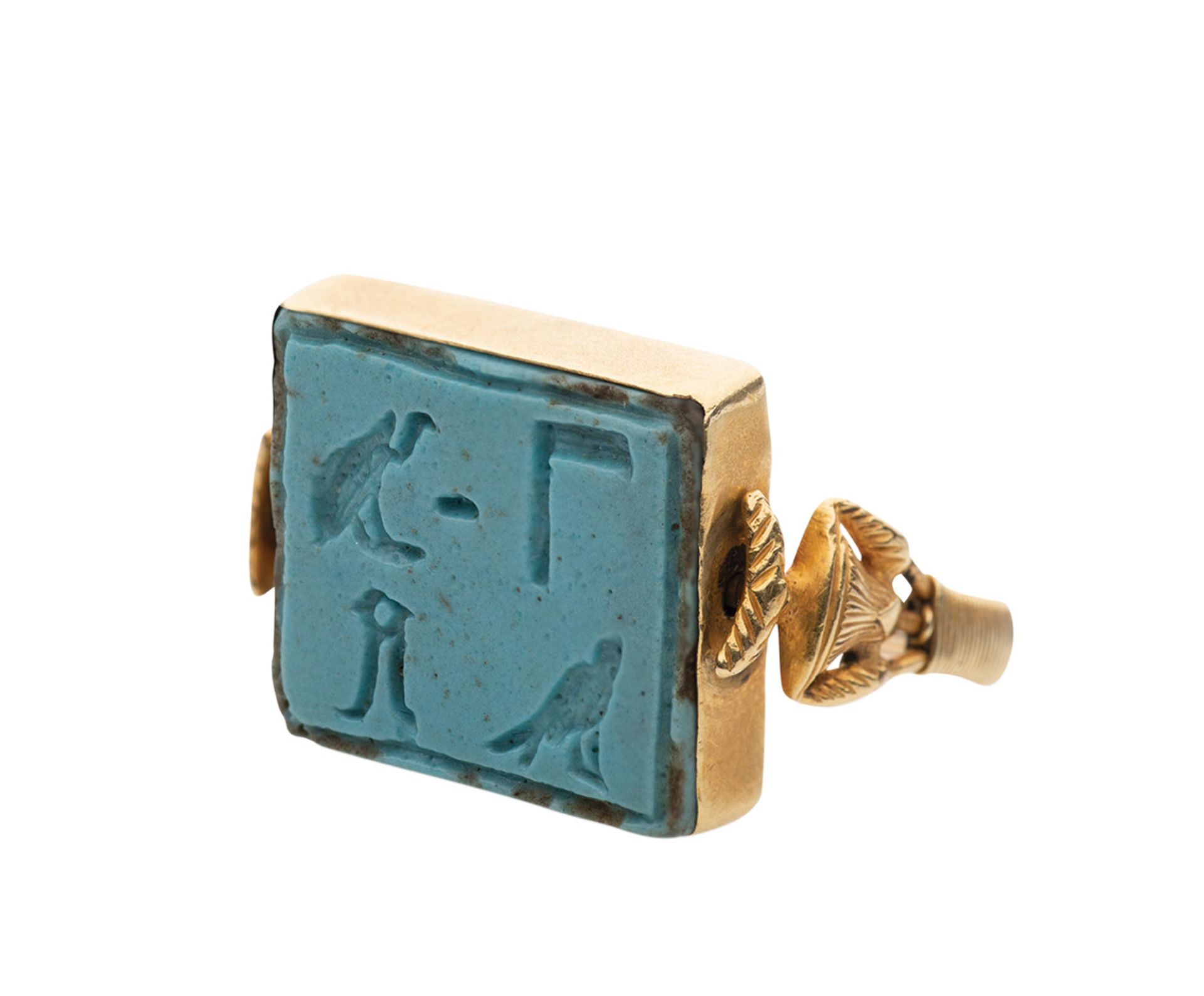
£5,000: this wearable ancient Egyptian turquoise amulet is on sale at London’s Kallos Gallery. Dating from the Third Intermediate Period (1070-664BC), the 1.8cm-wide plaque was mounted in an Egyptian revival gold swivel ring in the early 20th century, and can be worn with either side on display. One side depicts the mother goddess Isis feeding a newborn Horus, the sky god, hidden from his murderous uncle Seth among the marshes of the Nile delta. Its reverse bears the hieroglyphic inscription: “May the divine mother be a protection amulet”. Egyptian turquoise amulet, dating from the Third Intermediate Period (1070-664BC). Courtesy of Kallos Gallery
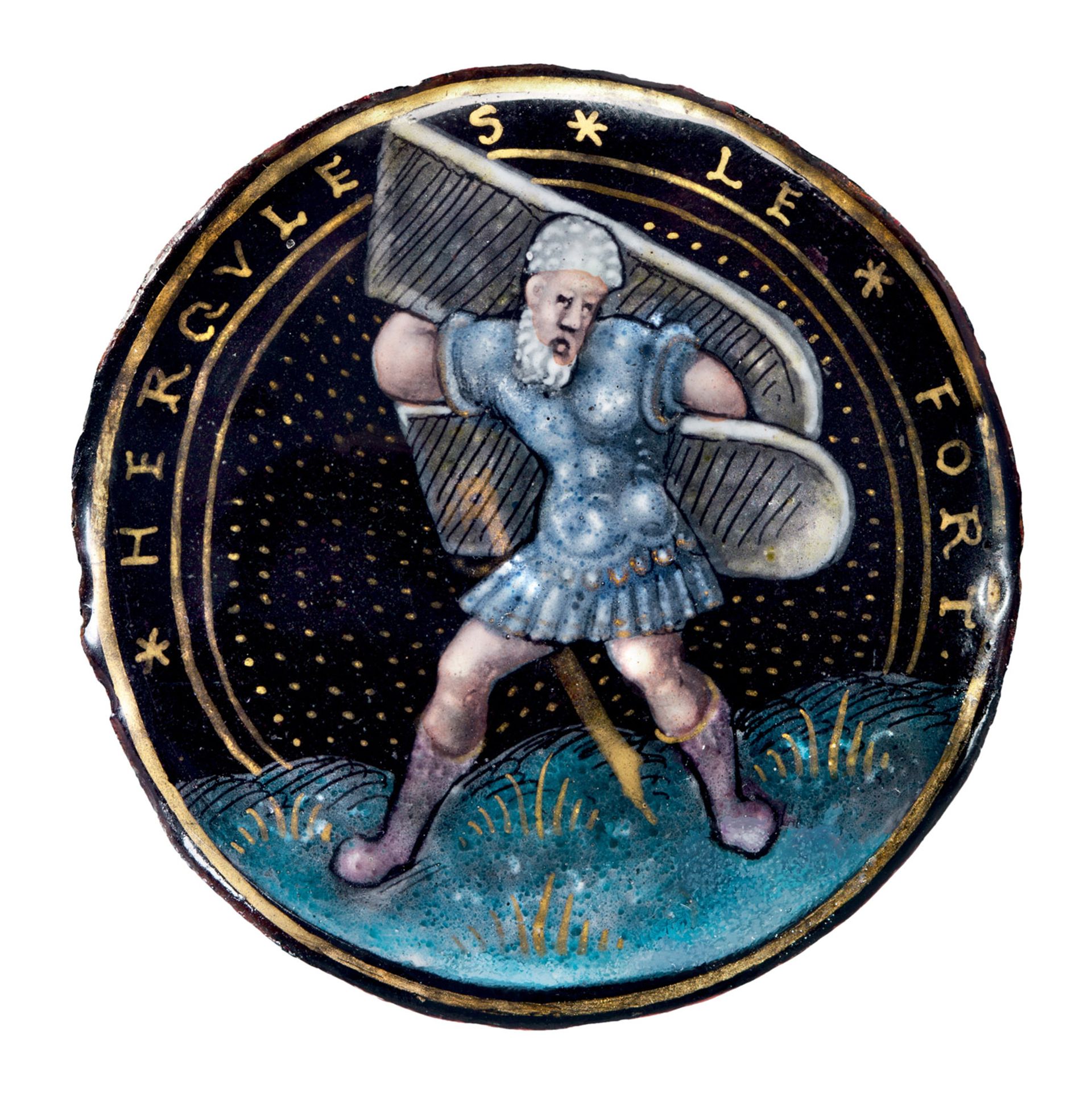
£5,075 (€6,000): this little medallion, measuring 5.8cm across, was made by the enamellist Pierre Reymond in Limoges in the mid-16th century, when the south-western French city was at the height of its fame for its fine enamel productions. It was probably worn as an enseigne de chapeau or hat decoration. The enamel on copper depicts the Biblical scene of Samson carrying away the gates of Gaza. When converted to sterling, it just scrapes in at a touch over our price limit at £5,075 —but there may be a deal to be done with Works of Art gallery from Belgium, which is exhibiting the piece. Medallion, painted enamel on copper, made by Pierre Reymond in Limoges (around 1540-50)
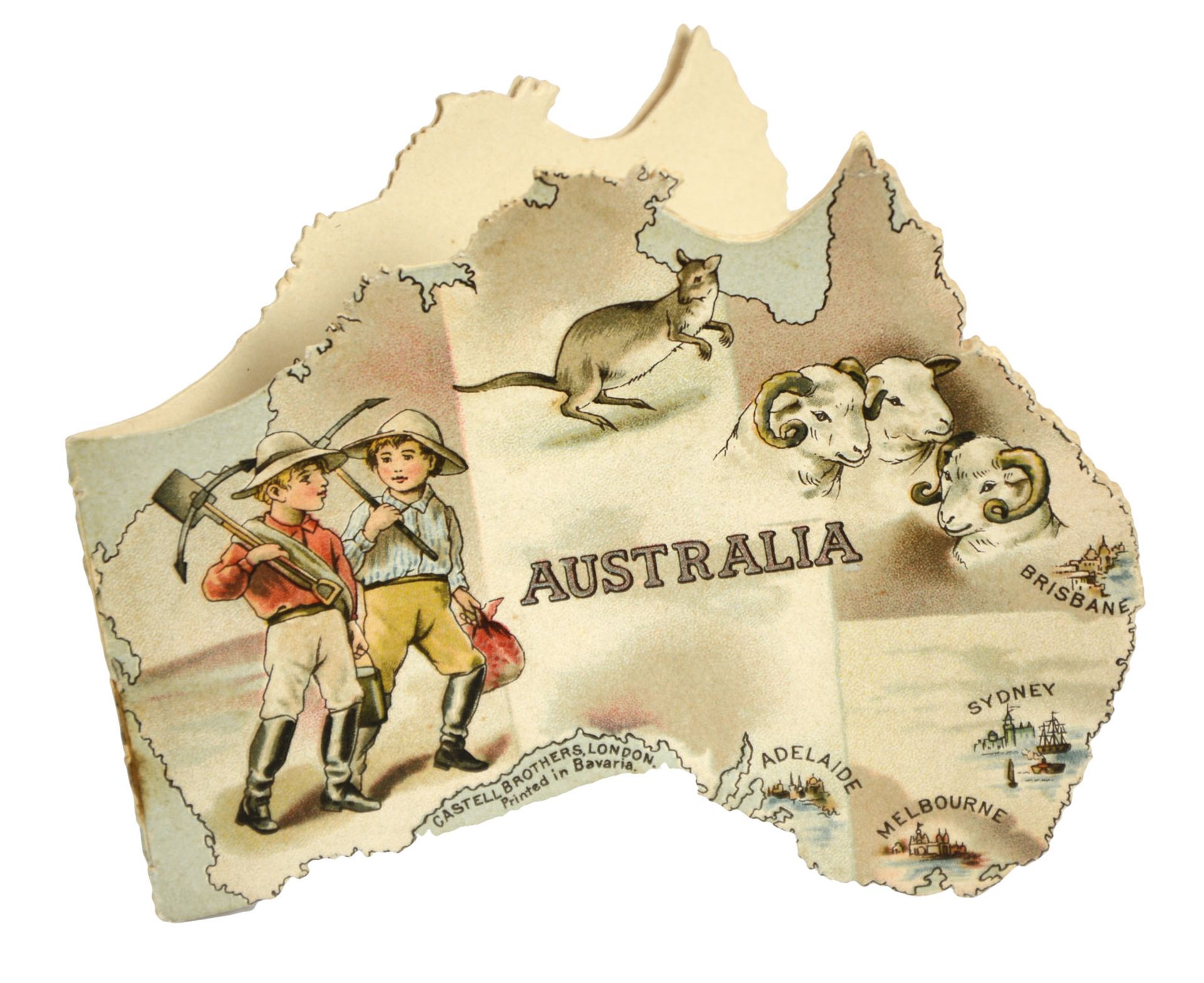
£1,000: in the 19th century it took four months to sail from the UK to Australia, but that did not deter the Castell Brothers from producing this little book to promote travel to Down Under. Its eight pages feature illustrations of Aboriginal people, sheep mustering and a bullock team. This example, exhibited by Shapero Rare Books from London, is in unusually good condition—many were given to children and the jagged edges quickly became somewhat battered. Castell Brothers, Australia (around 1890). Courtesy of Shapero Rare Books
£4,500: this marble tabletop, inlaid with porphyry and semi-precious stones, is an outstanding example of Italian Neo-Classical furniture. It was modelled by Francesco Sibilio, about whom very little is known, on Renaissance pietra dura prototypes and has been published by the doyen of Italian 19th-century decorative arts, Alvar González-Palacios. On sale with London’s Burzio gallery, the piece would easily grace the entrance hall of a country house or a boutique hotel’s reception area. Italian Neo-Classical marble tabletop by Francesco Sibilio. Courtesy of Burzio
A turquoise Egyptian amulet and an Australia-shaped book: four works under £5,000 at Tefaf Maastricht
Our pick of some of the most covetable, and affordable, works at this year’s fair
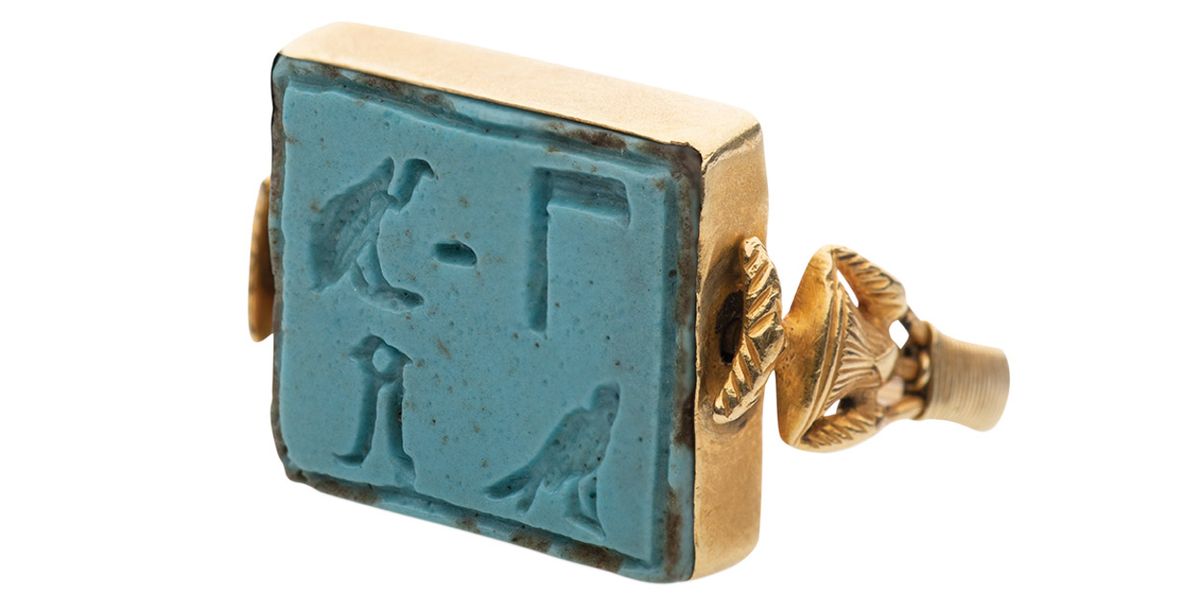
Egyptian turquoise amulet, dating from the Third Intermediate Period (1070-664BC) Courtesy of Kallos Gallery

